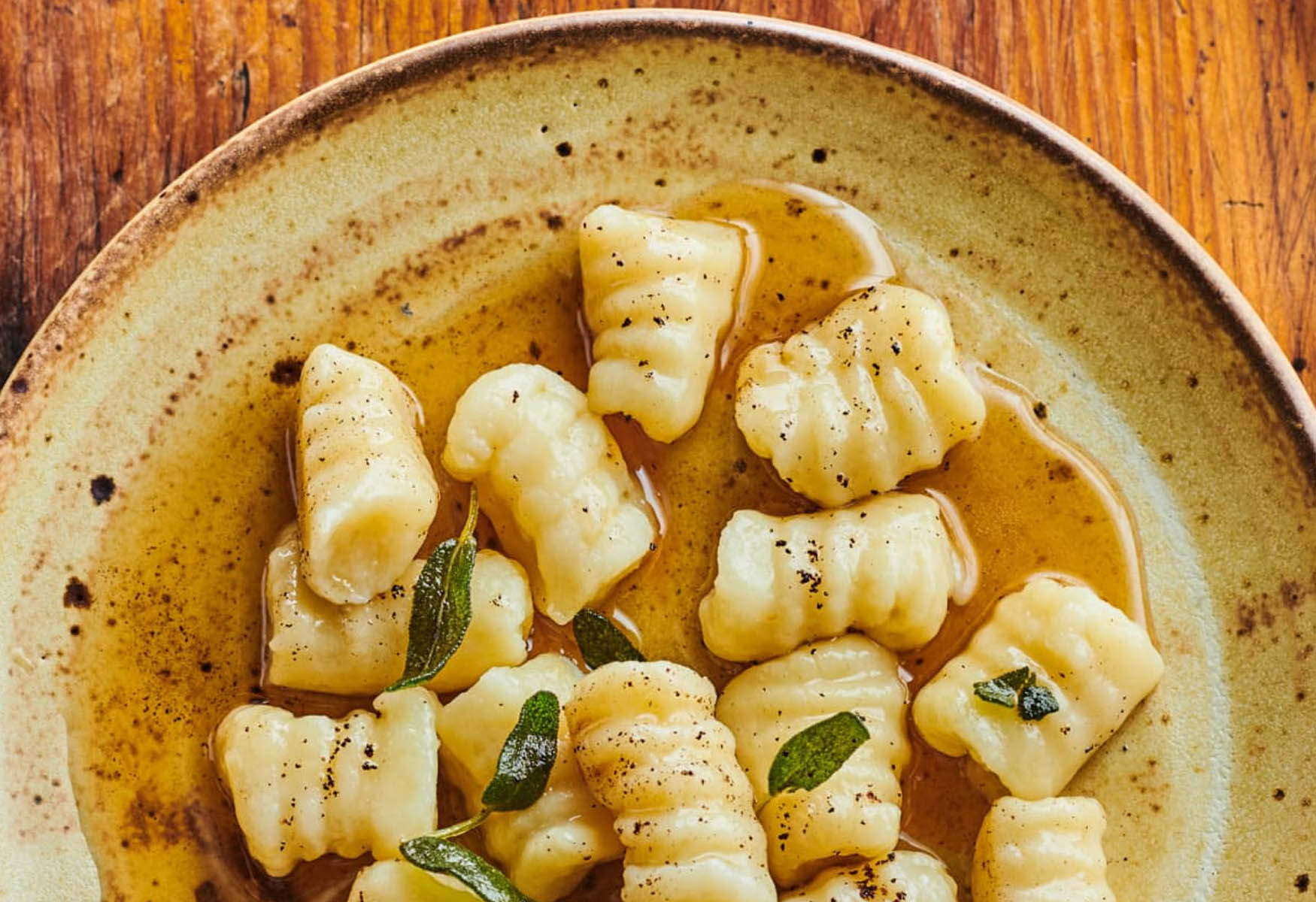
Gnocchi is a beloved Italian dish that has gained popularity around the world. These small, pillowy dumplings are typically made from potatoes, flour, and sometimes eggs. While gnocchi may be known for its delicious taste and versatile nature, it’s also worth exploring its nutritional value. In this article, we’ll delve into the 18 gnocchi nutrition facts that will enlighten you on the health benefits and considerations of enjoying this scrumptious dish. From its macronutrient content to its vitamin and mineral profile, we’ll uncover why gnocchi can be a nutritious addition to your diet. Whether you’re a gnocchi enthusiast or simply curious about its nutritional value, this article will provide you with all the insights you need.
Key Takeaways:
- Gnocchi is a tasty Italian dish rich in carbs and vitamins, but watch out for high sodium. Enjoy it in moderation as part of a balanced diet for a satisfying meal.
- Homemade gnocchi is a fun project with unique texture and versatile cooking methods. Look for gluten-free options and pair with delicious sauces for a delightful meal.
Calories
Gnocchi is a relatively calorie-dense food, with approximately 130-150 calories per 100 grams.
Carbohydrates
Gnocchi is rich in carbohydrates, providing around 25-30 grams per 100 grams.
Protein
Gnocchi contains a moderate amount of protein, typically ranging from 3-5 grams per 100 grams.
Fat
Gnocchi is relatively low in fat, containing approximately 1-2 grams per 100 grams.
Fiber
Gnocchi is not a significant source of dietary fiber, with only about 1 gram per 100 grams.
Vitamins
Gnocchi is a good source of vitamins, particularly vitamin C, vitamin B6, and vitamin A.
Minerals
Gnocchi is rich in minerals such as potassium, calcium, and iron.
Sodium
Gnocchi can be high in sodium, so it is important to watch your intake if you are on a low-sodium diet.
Gluten-Free Options
There are gluten-free versions of gnocchi available, typically made with alternative flours like rice flour or almond flour.
Varieties
Gnocchi comes in various flavors and ingredients, including potato gnocchi, spinach gnocchi, and pumpkin gnocchi.
Cooking Methods
Gnocchi can be boiled, baked, or pan-fried, allowing for versatility in preparation.
Dish Pairings
Gnocchi pairs well with a variety of sauces and ingredients, such as tomato sauce, pesto, or creamy mushroom sauce.
Popular Italian Dish
Gnocchi is a traditional and beloved Italian dish, often enjoyed as a main course or as part of a pasta dish.
Homemade Gnocchi
Making homemade gnocchi can be a fun culinary project and allows for customization of flavors and ingredients.
Texture
Gnocchi has a unique texture that is soft and chewy on the inside, yet slightly crispy on the outside.
Shelf Life
Gnocchi has a relatively short shelf life and is best consumed fresh or frozen for longer storage.
Nutritional Benefits
Gnocchi provides a good source of energy and essential nutrients, making it a satisfying and nutritious meal option.
Moderation
While gnocchi can be a delicious addition to your diet, it is important to consume it in moderation as part of a balanced meal plan.
Conclusion
In conclusion, gnocchi is not only a delicious and versatile dish, but it also offers several nutritional benefits. These soft Italian dumplings are packed with essential nutrients like carbohydrates, fiber, vitamins, and minerals. Gnocchi can be a great source of energy and can support a healthy immune system, aid digestion, and promote overall well-being.When incorporating gnocchi into your diet, it’s essential to pay attention to portion sizes and choose healthy sauce options. Opting for homemade or whole-wheat gnocchi can also increase the nutritional value of your meal. So go ahead and enjoy the savory flavors of gnocchi while reaping its nutritional benefits.
FAQs
Q: Are gnocchi gluten-free?
A: Traditional gnocchi recipes are made with potato and flour, which typically contains gluten. However, you can find gluten-free alternatives made from different flours like rice, corn, or chickpea flour.
Q: How many calories are in a serving of gnocchi?
A: The number of calories in a serving of gnocchi depends on the ingredients and portion size. On average, one cup of cooked potato gnocchi contains around 150-200 calories.
Q: Can gnocchi be made with vegetables?
A: Yes, gnocchi can be made using various vegetables like sweet potatoes, spinach, or butternut squash. These alternative recipes add extra nutrition and flavors to the dish.
Q: Is gnocchi a healthy option?
A: Gnocchi can be part of a healthy diet when enjoyed in moderation and paired with nutritious sauces and ingredients. Opting for whole-wheat or gluten-free varieties and incorporating vegetables can boost its nutritional value.
Q: How can I store leftover gnocchi?
A: To store leftover gnocchi, place them in an airtight container and refrigerate for up to 3-4 days. They can also be frozen for longer storage. Make sure to follow proper reheating instructions before consuming.
Was this page helpful?
Our commitment to delivering trustworthy and engaging content is at the heart of what we do. Each fact on our site is contributed by real users like you, bringing a wealth of diverse insights and information. To ensure the highest standards of accuracy and reliability, our dedicated editors meticulously review each submission. This process guarantees that the facts we share are not only fascinating but also credible. Trust in our commitment to quality and authenticity as you explore and learn with us.
